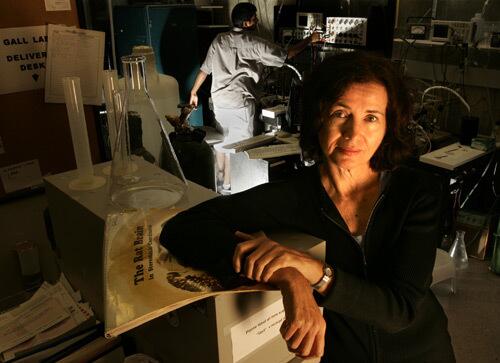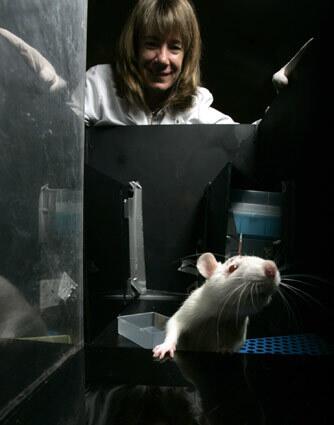Chasing memory

Gary Rogers, a chemist then at UC Santa Barbara, worked with Lynch to invent a class of drugs called ampakines cognitive enhancers intended to improve memory and other brain functions. (Mark Boster / LAT)

Slices of rats brains, thought to hold clues to the human mechanism for memory. (Mark Boster / LAT)

Gary Lynch can access lateral information that most people cant, says Christine Gall, another UC Irvine neuroscientist. To have that available to inform you, to make the next cognitive leap thats his strength. (Mark Boster / LAT)

Postdoc neurophysiologist Eniko Kramar was charged with running the crucial experiment on rat brains that Gary Lynch expected to prove his basic theory of memory encoding. She became a virtual scientific monk in Lynchs lab, and her strengths as a technically minded bench scientist complemented his ability to synthesize information. (Mark Boster / LAT)
Advertisement

An often-polarizing figure in the field of neuroscience, UC Irvines Gary Lynch has a reputation for being pugnacious and for proving uncannily right about a lot of things over a very long time. (Mark Boster / LAT)







